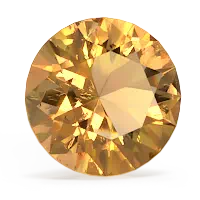


The gem in a citrine pendant is considered a harmonious, optimistic, and cheerful stone with the ability to brighten up our hearts darkest places Opal symbolizes confidence, clarity, and calmness and is said to promote faith in oneself and hope for the future. Wear an opal pendant to capture these qualities. Tanzanite is the gem of fortune and luck. A tanzanite pendant is said to ease stress and free one from bad habits.